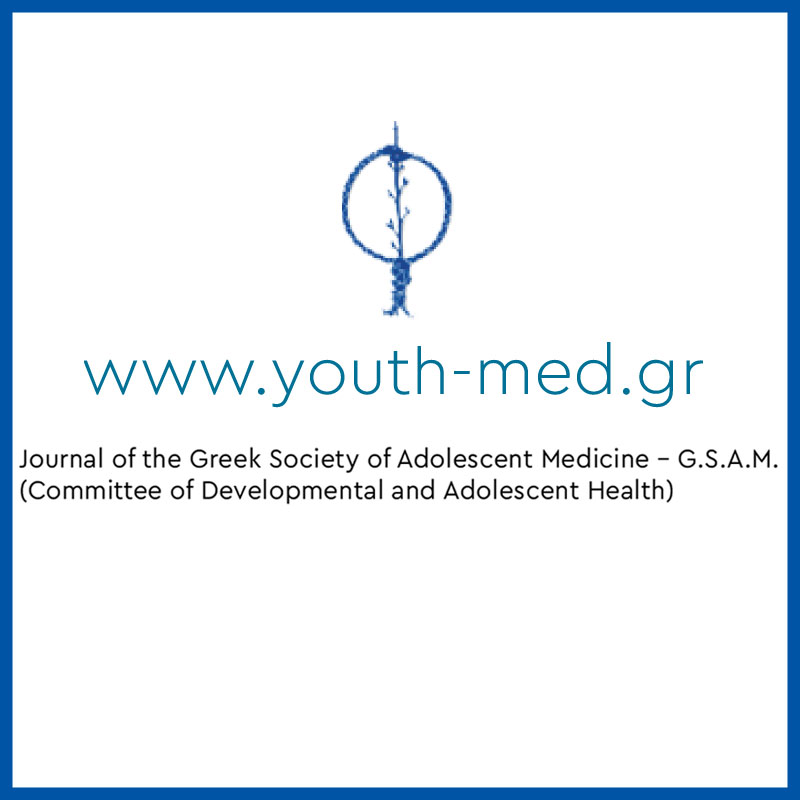Mutual Empathy of Vulnerable Students and Teachers and its Impact on Students’ Personal Well-being and Academic Performance through the Online School operated by the Regional Directorate of Education of Attica, Greece during the Covid-19 pandemic
https://doi.org/10.54088/kktuj
Keywords:
Online School, synchronous and asynchronous learning, vulnerable students and teachers, empathy, academic performance, well-beingAbstract
Purpose: The rapid shift to full online synchronous and asynchronous learning in response to the global pandemic has led to experimenting innovative online learning practices at school level. The present research study summarizes the experience gained from the implementation of the Online School of the Regional Directorate of Education of Attica during the academic year 2020-2021. It investigates the impact of mutual empathy on the students’ academic performance and well-being through the Online school operation in Covid-19 period.
Methods: In the present research, fifteen (15) vulnerable teachers and six (6) students participating in the Online School were questioned through open interviews after the implementation of Online School during the Covid-19 pandemic in Greece.
Results: Vulnerable students and teachers shared empathy to a sufficient degree through the Online School operation which provided a safe and convenient learning environment. Empathy was positively correlated to academic performance of students through their participation in the Online School.
Conclusion: It appears that the Online School has provided a solution to the existing risk of isolation and marginalization of vulnerable students while reducing family anxiety for their cognitive and socio-emotional development. Finally, it has provided opportunities for teachers to work on their own pace according to individual needs and be able to cope with students’ needs through implementing alternative teaching practices with the use of digital tools.
References
Assimogiorgos, G., Gryparis, A., Panagouli, E., Richardson, C., Bacopoulou, F., & Tsitsika, A. (2021). Dysfunctional Internet Use by Adolescents in an Urban Environment: Α Case-Control Study. Developmental and Adolescent Health, 1(4), 42-47. https://dah-journal.com/index.php/dah/article/view/28/15
Hrastinski, S. (2019). What Do We Mean by Blended Learning? TechTrends, 63, 564–569. https://link.springer.com/content/pdf/10.1007/s11528-019-00375-5.pdf
Taghizadeh, M., & Yourdshahi, ZH (2019). Integrating technology into the young learners 'classes: Language teachers' perceptions. Computer Assisted Language Learning, 33 (8), 982–1006. https://www.tandfonline.com/doi/full/10.1080/09588221.2019.1618876
Vale, J, Oliver, M, Clemmer, RMC (2020) The influence of attendance, communication, and distractions on the student learning experience using blended synchronous learning. The Canadian Journal for the Scholarship of Teaching and Learning, 11(2). https://ojs.lib.uwo.ca/index.php/cjsotl_rcacea/article/view/11105
Palloff, RM, & Pratt, K. (2007). Building online learning communities: Effective strategies for the virtual classroom (2nd ed.). San Francisco: Jossey-Bass.
Simonson, M., Smaldino, SE, Albright, M., & Zvacek, S. (2012). Teaching and learning at a distance: Foundations of distance education. (5th ed.). Boston: Pearson.
Sana, S., Adhikary, C. & Chattopadhyay, KN (2018). Synchronous Vis-a-Vis Asynchronous Learning: A Blended Approach. Inquisitive teacher, 5 (2), 31-39.
Angelone, L., Warner, Z., & Zydney, JM (2020). Optimizing the technological design of a blended synchronous learning environment. Online Learning, 24 (3), 222-240. https://olj.onlinelearningconsortium.org/index.php/olj/article/view/2180
Martin, F., Sun, T., Turk, M. & Ritzhaupt, AD (2021). A Meta-Analysis on the Effects of Synchronous Online Learning on Cognitive and Affective Educational Outcomes. International Review of Research in Open and Distributed Learning, 22 (3), 205-242. DOI: https://doi.org/10.19173/irrodl.v22i3.5263
Innes, MC, & Wilton, D. (2018). Guide to blended learning. Burnaby: Commonwealth of Learning.
Woltering, V., Herrler, A., Spitzer, K., & Spreckelsen, C. (2009). Blended learning positively affects students' satisfaction and the role of the tutor in the problem-based learning process: Results of a mixed-method evaluation. Advances in Health Science Education, 14, 725–738.
Willging, PA, & Johnson, SD (2009). Factors that influence students' decision to drop-out of online courses. Journal of Asynchronous Learning Networks, 13 (3), 115–127.
Martin, F., Polly, D., & Rithzaupt, AD (2020). Bichronous Online Learning: Blending Asynchronous and Synchronous Online Learning. EDUCAUSE
Fowler, R. (2019). Effects of Synchronous Online Course Orientation on Student Attrition. PhD dissertation, University of South Carolina.
https://scholarcommons.sc.edu/cgi/viewcontent.cgi?article=6375&context=etd
Peterson, A., Beymer P., & Putnam R. (2018). Synchronous and Asynchronous Discussions: Effects on Cooperation, Belonging, and Affect. Online Learning, 22 (4), 7–25.
Yamagata-Lynch, LC (2014). Blending Online Asynchronous and Synchronous Learning. International Review of Research in Open and Distributed Learning, 15 (2), 189–212. https://www.researchgate.net/publication/286329737_Blending_Online_Asynchronous_and_Synchronous_Learning
Davis, M. (1983). Measuring individual differences in empathy: Evidence for a multidimensional approach. Journal of Personality and Social Psychology, 44, 113–126.
Eisenberg, N., & Strayer, J. (1987). Empathy and its Development. Cambridge, UK: Cambridge University Press.
Barbar, MG (2011). Empathy heals: Learn to walk a mile in their shoes ... International e-Journal of Science, Medicine & Education, 5 (2), 1–2.
Meyers, S., Rowell, K., Wells, M., & Smith, BC (2019). Teacher Empathy: A Model of Empathy for Teaching for Student Success. College Teaching, 67 (3), 160–168. https://doi.org/10.1080/87567555.2019.1579699
Swan, P. & Riley, P. (2015). Social connection: Empathy and mentalization for teachers. Pastoral Care in Education, 33 (4), 220–233.
Batson, CD (2009). These things called empathy: Eight related but distinct phenomena. In J. Decety & W. Ickes (Eds.), The social neuroscience of empathy (pp. 3–15). MIT Press.
https://doi.org/10.7551/mitpress/9780262012973.003.0002
Segal, EA (2011). Social Empathy: A Model Built on Empathy, Contextual Understanding, and Social Responsibility That Promotes Social Justice. Journal of Social Service Research, 37 (3), 266–277.
Antoniou, A-S., Palivakou, E. & Polychroni, F. (2021). Resilience in Children and Adolescents during the Covid-19 pandemic. Developmental and Adolescent Health, 1(4), 34-41. https://dah-journal.com/index.php/dah/article/view/29
Solia, E., & Filippou, D. (2021). Changes in health quality, lifestyle and habits in adolescents that induced by COVID-19 pandemic. Developmental and Adolescent Health, 1(3), 11-22. https://dah-journal.com/index.php/dah/article/view/18/4


